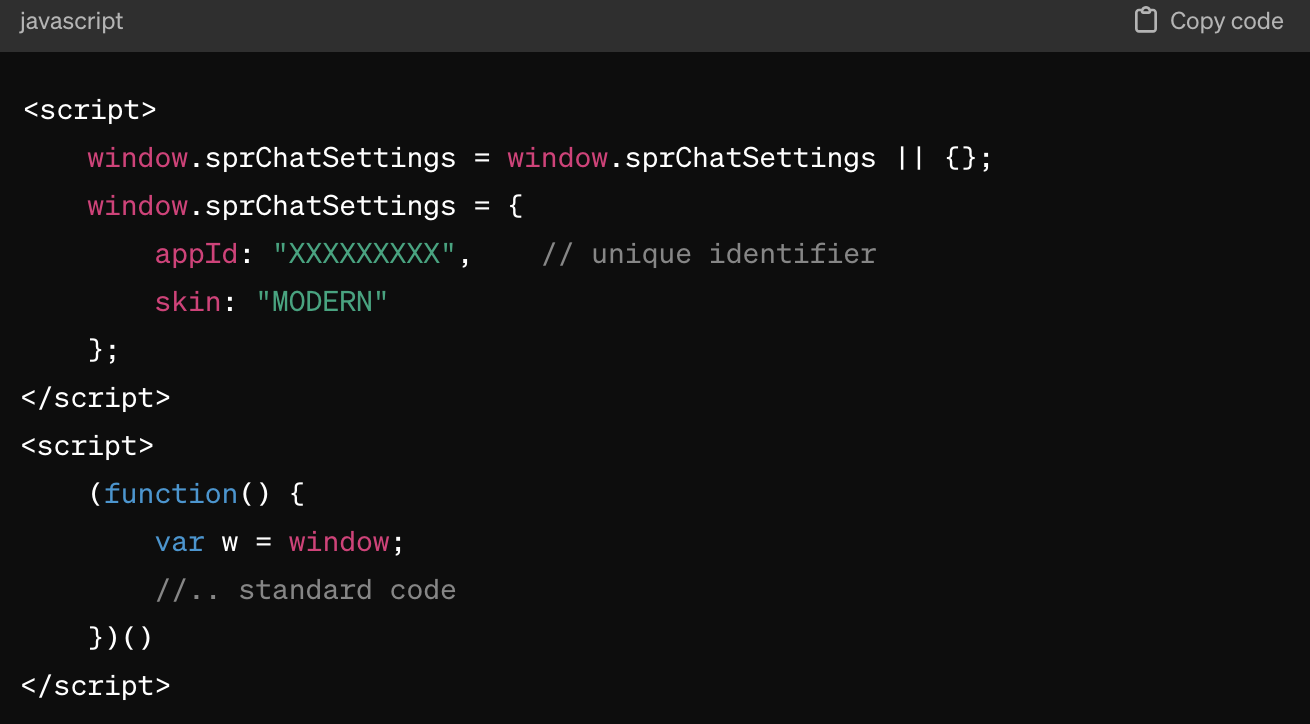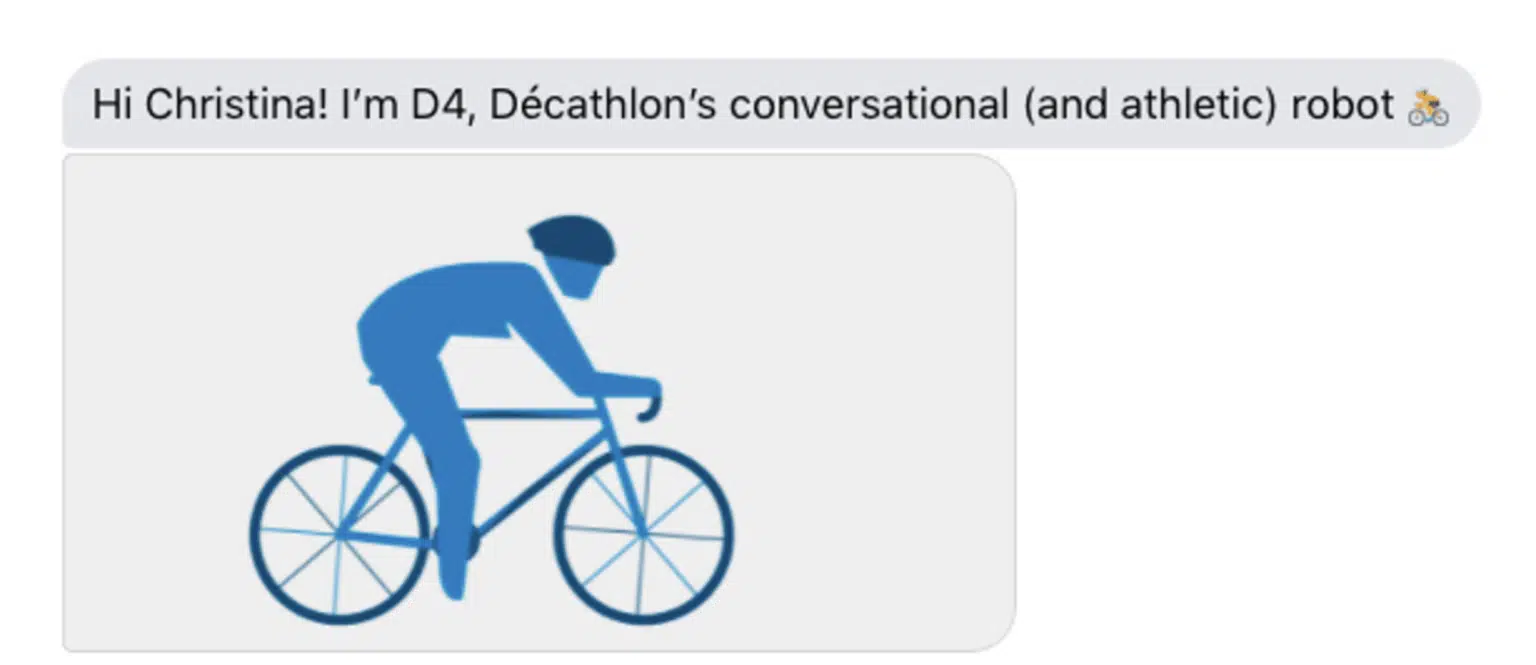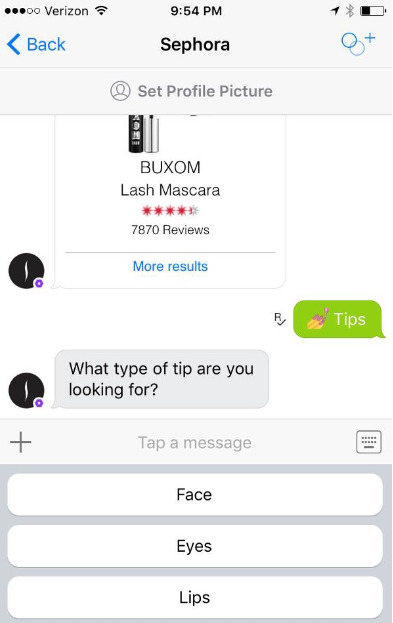What is live chat support?
Live chat support is a customer service tool that allows customers to communicate with a business in real time via a chat interface on the company's website, app or any other channel.
Businesses embed live chat support on their website, mobile app and even in-store kiosks to make it easier for users to discover more about the brand, ask questions and receive quick, 24/7 responses that boost customer satisfaction (CSAT) and customer retention.
Apart from quick issue resolution, live chat support helps:
Provide instant responses: Customers receive real-time assistance, improving customer service response time with AI.
Enables efficient resolutions: Agents access customer info and history, enabling personalized and swift issue resolution.
Ensures 24/7 availability: Around-the-clock support accommodates global customers, boosting satisfaction.
Facilitates multi-tasking: Agents handle multiple chats simultaneously, optimizing efficiency.
Provides reliable insights: Data gathered from conversational analytics solutions in live chat help improve service quality and identify trends for future enhancements.
🤔Did you know?
Besides websites/apps, an omnichannel live chat solution integrates with channels such as phone and SMS text (e.g., iOS or Android), CRMs and email. Integration with social media platforms, like WhatsApp and Facebook Messenger, is also common.
It helps the customer reach out to you on all these channels, as you are just a text away from them.
How does live chat support work?
Live chat support allows you to communicate with a business through text messages in real time. When a customer gets in touch with a brand for a query, query resolution through live chat typically follows these broad steps.
Initiation
The customer initiates a live chat session by clicking on a designated chat icon or button on the company's website or app.Connection
A chatbot or customer service representative receives the chat request and promptly connects with the customer, usually within a few seconds.Interaction
The customer and the rep/bot engage in a real-time text-based conversation, addressing the customer's inquiries, helping, troubleshooting issues and offering guidance as needed.Resolution
If the bot isn't able to reach a satisfactory resolution, the customer is presented with the option to talk to an agent. After handover, the representative works towards resolving the customer's query or issue during the chat session. This may involve providing information, troubleshooting steps, offering solutions or escalating the matter if necessary.Closure
Once the customer's query is resolved or their needs are met, the chat session ends. The representative does after-call work like summarizing the resolution, confirming customer satisfaction, soliciting feedback and offering further assistance if needed. The interaction ends, and the customer can close the chat window.
Live chat support vs. Voice support vs. Phone support
The advent of customer service started with phone support, allowing customers to call toll-free numbers for assistance. Eventually, Interactive Voice Response (IVR) systems streamlined phone support, though sometimes frustrating for customers. The advent of live chat revolutionized customer service, offering real-time, convenient and efficient support.
Live chat enables agents to handle multiple inquiries simultaneously, reducing wait times and enhancing overall efficiency. It is cost-effective and provides businesses with valuable data on customer preferences. Each of these channels holds significance in meeting the diverse needs and preferences of customers, underscoring their importance in modern customer service strategies.
Aspect | Live Chat Support | Voice Support | Phone Support |
Speed | Instant responses | Immediate | Immediate but at times delayed response and longer waiting times |
Communication mode | Website or app | Phone and voice bots | Phone |
Issue complexity | Handles simple to moderately complex issues | Suitable for complex issues | Suitable for complex issues |
Human touch | Automation + human | Automation + human | Human |
Benefits | Real-time assistance, multiple chats, cost-effective, data collection, convenience, improved customer satisfaction, increased sales | Interactive, streamlined, quick responses, efficient, easy escalation, problem resolution | Direct communication, personal connection, immediate feedback, universal accessibility, detailed explanations, human touch |
Multitasking | Multiple chats simultaneously | Focus on one interaction at a time | Focus on one call at a time |
Efficiency | Can handle multiple queries simultaneously | One query per call | One query per call |
Cost | Generally lower cost | Moderate cost | Higher cost |
Top five benefits of live chat in customer service
Customers' purchase intent is highest when they are on your website/app. Live chat implementation can help engage visitors with proactive support, improving their dwell time and conversion probability. On top of this, live chat offers other benefits, such as:
Improved customer satisfaction
Unlike a chatbot, live chat connects customers to real agents who can empathize with their problems. In fact, after being resolved, 86% of live chat tickets left the customers on a satisfied note.
Watch Now: Deliver Personalized Experiences With Live ChatImprove conversion rates
Customers who use live chat also spend up to 60% more per purchase than those who don’t. Through live chat, agents can instantly resolve customer queries, gain full context, and use AI-powered assistance tools like sentiment detection and knowledge base article extraction, improving conversion rates by up to 3.84%.Better agent experience
Your call volumes would drastically drop as live chat can help you reduce average handling time (AHT) and average response time (ART). Agents are equipped to handle multiple queries simultaneously while offering instant solutions and a personalized experience. They also get a unified desktop to handle problems across multiple channels.
Editors Pick: Customized User Experiences Lead to a 10x Increase in Agent ProductivityReduced service cost
As AHT and ART decrease, customer engagement increases as agents interact with multiple customers simultaneously using live chat. When a live chat option is available, customers start interacting more (about 69% of shoppers in the U.S. demand live chat features).
Apart from empowering agents, customers are empowered with integrated self-service like FAQs and knowledge base to resolve their queries themselves, reducing service costs further.Data security and compliance
Not only does live chat collect data about your customers and website visitors, but it also collects customer feedback that can help you improve your customer experience and make informed decisions to improve your product.
You can implement data masking for better security and PCI compliance. Sensitive information from customers to agents could be secured.
In fact, you can modify your live chat user interface with your brand voice without any code using the right live chat software.💡Pro-tip: Implement live chat software that has a diverse library of rich assets to create the desired conversation experience across multiple channels.
How to deploy live chat support to improve your customer service
To get the above benefits, you must deploy live chat support to your customer service using these 9 steps. From selecting the right software to continuous improvement, optimize your support strategy for success.
Step 1: Choose live chat software
Select a live chat solution that fits your business needs, use cases and support budget. Look for features like customizable chat widgets, real-time visitor monitoring and integration with your CRM system.
Before you buy live chat software, you need to investigate these five buying factors:
Deployment model
Omnichannel support
Customization & pricing
Reporting & analytics
Need more buying advice? Read our A to Z Guide on Live Chat Software
Step 2: Understand live chat basics
Live chat is implemented on websites by adding JavaScript code, which automatically embeds the chat. Ensure the code is added to all website pages, ideally near the bottom of the page code.
Step 3: Get the embed code
The embed code is a JavaScript snippet unique to each live chat application.
Example structure:

It's super-easy it is to get the embed code with Sprinklr
Go to Sprinklr Service -> Listen -> Brand Care -> Live Chat Care.
Find your Livechat application, click on the three dots, and select "Embed Code."
Choose "Modern Skin" for the latest features and copy the embedded code from the popup.
Step 4: Add code to your website
Insert the embedded code in your website's HTML, preferably near the bottom but before the </body> tag.
Delay initializing the widget until the DOMContentLoaded event is fired to avoid competition with critical resources and impact on page performance. Use set Timeout to delay the loading of live chat JS code.
Step 5: Customize your chat widget
Customize your chat widget to match your brand's look and feel. Adjust colors, fonts and chat button placement to ensure it seamlessly integrates with your website.
Words of wisdom: Find a live chat solution that lets you modify your chat interface to align with your branding without recoding. It should offer a diverse library of rich assets to create a desired conversation experience, no matter the channel. We've lined up and compared 2025's best live chat solutions out there to help you find your best fit. Go ahead and check it out.
Step 6: Train your support team
Train your support team on how to use the live chat software effectively. Provide them with scripts for common customer inquiries and teach them how to handle more complex issues.
Step 7: Set up predefined responses
Create predefined responses for frequently asked questions to streamline customer support interactions. This will help your team respond quickly and consistently to customer inquiries.
Step 8: Monitor performance metrics
Monitor practitioner metrics like response and resolution time for managers, track agent performance, team productivity and SLA adherence.
Executives should focus on cost per contact, ROI, customer retention, market share and strategic alignment. Regular monitoring ensures effectiveness and alignment with business goals. Monitor practitioner metrics like response and resolution time.
For managers, track agent performance, team productivity and adherence to SLAs. Executives should focus on cost per contact, ROI, customer retention, market share and strategic alignment. Regular monitoring ensures effectiveness and alignment with business goals.
Step 9: Gather feedback
Take feedback from customers and support agents to identify areas for improvement in your live chat support system. Review chat transcripts regularly and adjust your predefined responses and training materials as needed.
By following these steps and leveraging live chat support effectively, you can improve your customer service and provide a seamless support experience for your customers.
Key features and capabilities of live chat support
Live chat support offers several key features and capabilities:
Features | Capabilities |
🔧Customizable buttons | Create your own chat button or choose from a gallery with options like corner buttons, bubble buttons and more. |
📜 Prompt resolution | Use pre-configured responses for common queries to speed up response times. |
🕦24/7 assistance | Configure auto-replies and answer customer queries 24x7. Enable customers to schedule one-on-one appointments with your agents using built-in appointment booking. |
🔎Visitor monitoring | Monitor visitors in real time and proactively engage with them based on their browsing behavior. |
🖥️Unified agent desktop | Make it easier for agents to quickly resolve customer queries across multiple channels using AI-powered assistance tools all from one screen. |
📱Multi-chat support | Add Sprinklr Live Chat to your websites, mobile apps and in-store kiosks to provide multi-chat support. |
🌐Co-browsing | Facilitate remote debugging by enabling customers to share their screens, initiating video calls and allowing agents to take control. |
🤺Brand compliance | Annotate and guide customers on complex problems while ensuring complete compliance with brand and security guidelines. |
Add-on Feature: A live chat solution with a multilingual care console can come in very handy while addressing international customers.
3 Real-life business examples of live chat support
From retail to healthcare, finance to technology, live chat support is revolutionizing the way businesses interact with their customers. Let’s delve into specific use cases, highlighting each industry's unique challenges and how live chat support helps overcome them.
Decathlon
Decathlon is a famous brand in the world of sports retail. However, after COVID-19, store footfall decreased. Decathlon changed its strategy, embracing digital transformation and conversational AI.
Decathlon deployed a Facebook messenger bot to prompt users and guide them in making online purchases, answering queries and tracking shipments.
Sephora
Traditionally, consumers needed to visit stores to get personalized makeup tips. Sephora changed the game with its engaging chatbot on Kik, where users can ask for beauty advice and take a short quiz about their preferences in exchange for customized product suggestions and reviews. If users want to purchase products, they can just click on the suggested item and be transported to Sephora’s mobile site, which opens directly in the app.
DTE Energy
DTE Energy, one of the largest energy companies in the United States, implemented live chat as a support channel for its customers. The reason is that the existing customer service team was struggling to meet its Service Level Agreement (SLA) on routine customer queries. To overcome this issue, they implemented Sprinklr live chat in phases.
They experimented with live chat on two web pages: one for customers moving in or out and another for billing inquiries. They monitored customer adoption and chat volume closely. Two phone groups, from billing and move-in/move-out teams, were trained to handle chats for half of the day and phone calls for the other half.
The result? Over time, the agent satisfaction score in DTE’s contact center climbed to 4-4.5 out of 5. The customer service team achieved a 38% reduction in case duration. In fact, the First response SLA decreased to 6m 55 seconds from 5hr 6m on social media channels.
Your takeaway: Before your customers call, let them text you. In fact, deploy live chat across multiple channels and give your customers a seamless CX experience. Don’t let your customers wander across multiple channels for hours rather, resolve their issues in minutes, just like DTE Energy did.
Sprinklr helps you craft memorable live chat experiences that keep customers engaged and coming back for more. Go ahead and get started today!
Frequently Asked Questions
Thank you for contacting us.
A Sprinklr representative will be in touch with you shortly.
Contact us today, and we'll create a customized proposal that addresses your unique business needs.
Request a Demo
Welcome Back,
No need to fill out any forms — you're all set.




